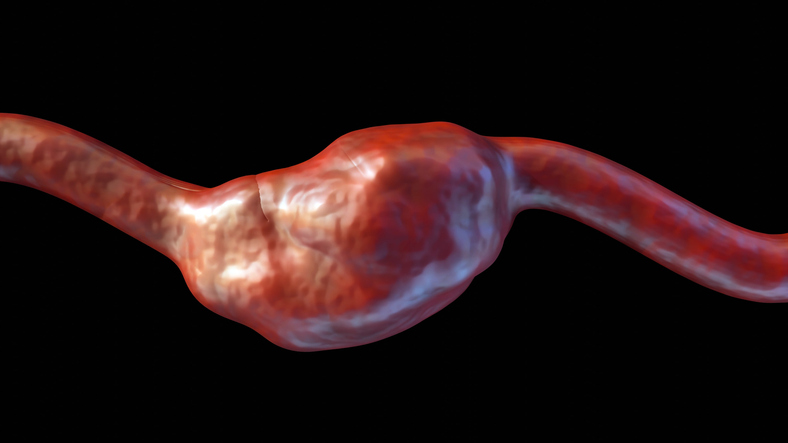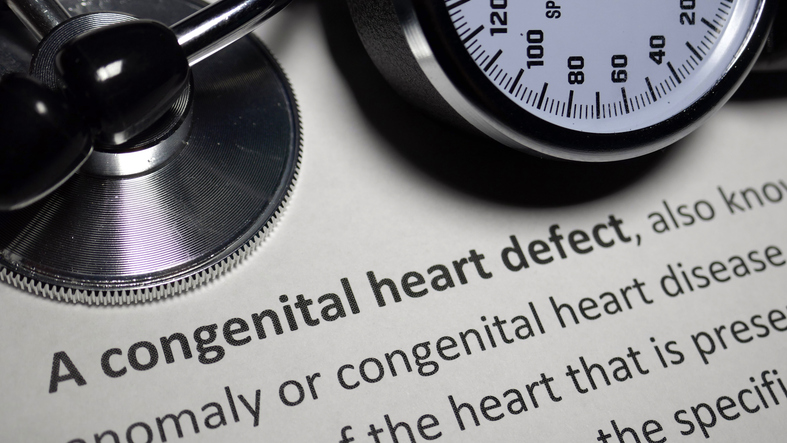
Women have worse health outcomes before and after non-primary percutaneous coronary intervention (PCI) as compared to men, a recent large, multi-site study found.1
Cardiovascular disease is the leading cause of death among women in the United States. However, clinical trials in interventional cardiology remain plagued by inadequate enrollment and retention of women relative to the sex-based prevalence of ischemic heart disease.2 Further, trials remain inadequately powered to detect sex-based differences in health outcomes.3 Growing awareness of sex-based differences in cardiovascular disease over the past decade has prompted efforts to delineate mechanistic factors, whether biologic or social, underlying observed differences.1,4
Dr. Pranoti Hiremath, a interventional cardiology fellow at the Johns Hopkins Hospital, and colleagues sought to identify differences in the health status of women as compared to men before and after non-primary PCI. The investigators performed a post-hoc analysis of the Cardiovascular Patient Outcomes Research Team Non-Primary Percutaneous Coronary Intervention (CPORT-E) cohort, including 18,867 patients in the United States, of which 6,851 were women. The Seattle Angina Questionnaire (SAQ) was used to assess health status, including assessment of quality of life, frequency of angina, physical limitation, and treatment satisfaction. Health status has previously been associated with important clinical outcomes, including major adverse cardiac events and healthcare utilization.5
At baseline, women in the CPORT-E cohort were found to be older (62.4 vs 66.5 years) and to have higher rates of baseline comorbidities than men. The investigators found significant health status benefit to PCI, with significantly improved proportion of angina-free patients from baseline to nine-months (26.2% to 78.1% for women; 29.8% to 83.0% for men). However, after adjusting for baseline health status, pre-procedural angina frequency, and comorbidities, women were found to be 32% less likely to be angina free at 9-months as compared to men. Interestingly, despite increased angina, reduced quality of life, and increased physical limitation, there was no adjusted difference in 9-month treatment satisfaction between women and men.
Dr. Hiremath postulates that women’s worse baseline health status may reflect “a higher threshold for referring women for invasive procedures or…differences in the symptom threshold of women seeking cardiac care.” This study also demonstrated that women were less likely to receive guideline-based statin and dual antiplatelet therapy after PCI.
Hiremath et al. note importantly that despite the disparity in outcomes, both women and men benefit from PCI. These results should therefore not be interpreted to suggest that nonprimary percutaneous intervention should not be pursued in women.
In a contemporaneous editorial, Dr. Sonya Burgess states that Hiremath et al. provide “a call to action to keep working toward better evidence-based solutions and to more consistent and equitable management strategies.”3
Despite important strides in the management of cardiovascular disease in women over the past decade, Hiremath et al implore us to keep bounding toward equity.
References
- Hiremath PPG, Aversano T, Spertus JA, et al. Sex Differences in Health Status and Cliical Outcomes After Nonprimary Percutaneous Coronary Itervetion. Circulation: Cardiovascular Iterventions. 2022; 15:e011308.
- Jin X, Chandramouli C, Allocco B, et al. Women’s Participation in Cardiovascular Clinical Trials From 2010 to 2017. 2020;141:540-548.
- Burgess SN. Understudied, Under-Recognized, Underdiagnosed, and Undertreated: Sex Disparities in Cardiovascular Medicine. Circulation: Cardiovascular Intervention. 2022; 15:e011714.
- Norris CM, Spertus JA, Jensen L, et al. APPROACH Investigators. Sex and gender discrepancies in healthprealted quality o flife outcomes among patients with established coronary artery disease. Circ Cardiovasc Qual Outcomes. 2008; 1:123-130.
- Spertus JA, Joes PG, Maron DJ, et al. ISCHEMIA Research Group. Health-Status outcomes with invasive or conservative care in coronary disease. N Engl J Med. 2020; 382:1408-1419.







 © 2025 Mashup Media, LLC, a Formedics Property. All Rights Reserved.
© 2025 Mashup Media, LLC, a Formedics Property. All Rights Reserved.